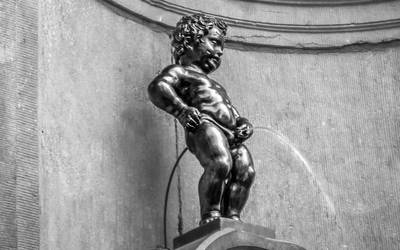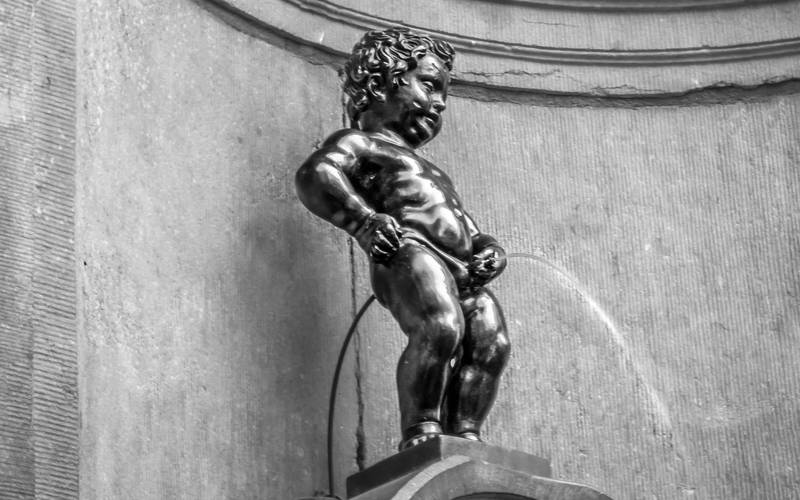The Manneken Pis is this little known Brussels statue, it is in the center of the city. If his story is relatively linear, it is quite funny to see that we can give a lot of anecdotes about it. Here are some of them, below.

Manneken Pis
The Manneken Pis that we see at the corner of the streets of the Oak and the oven is a fake! It is a copy of the original work, put in place to avoid damage that could be suffered, being very exposed to the crowd at any time of the day. The original statue is in the Museum of the City of Brussels, in the King's House, located on the north side of the Grand Place, just a few steps away. The replacement took place in 1965.
He is regularly dressed in various outfits. That too is a fact. Sometimes visitors are surprised to discover the Manneken Pis dressed, but it's normal, it's an ancestral tradition that wants it to wear, on certain days, clothes corresponding to a particular occasion ... or not.
Learn more about the costums of the Manneken Pis
There is a copy of the Manneken Pis in Grammont, a Belgian town located in the Flemish part of the country. It is also a source of quarrel to know which city has the original model, because the dates do not learn that the statue of Brussels dates from 1619, but that there was a Manneken Pis in Brussels in 1452, a statue now gone. But that of Grammont dates from 1459, so we can say that the statue of Grammont is older than that of Brussels, but that the original statue comes from Brussels.
Learn more about the copies of the Manneken Pis in the world
It seems that in 1890 the Manneken Pis urinated wine and beer! This phenomenon is not miraculous, it was just an originality that took place during a party in Brussels. But if this idea has never been repeated later, there are many gadgets to fix a small replica of the statue at the top of a bottle and run the liquid it contains that the boy does.
The Manneken Pis is left-handed! This is at least logic, since it holds its sex by this hand. This fact is probably not insignificant because, at the beginning of the seventeenth century, what came out of the norm was considered negative, a state of affairs inherited from the Middle Ages. Since the majority of the population is right-handed, being left-handed was, at first, suspect. Making the Manneken Pis left-handed reinforces the idea that it represents something other than the norm, the simplistic and ready-made idea. The Manneken Pis is the difference, the originality, the desire to shake up the established order in the form of a street kid.
The nickname of "little Julien" that Brussels sometimes gives Manneken Pis is due to a confusion between her and another statue of the fourteenth century, disappeared since, and that was called "the fountain of little Julien".
The bronze base is marked with the following signs: "1620 - REST 1817". It refers to its date of manufacture (1620) and its date of restoration (1817). It had to be restored because a thief, who had grabbed it, had broken it into 11 pieces. Restored, she was able to stay there until 1966, when she was transferred to the museum.
Learn more about its history.
There is an order of friends from Manneken Pis. This order, created in 1954 and revised in its present form in 1985, ensures the cultural and touristic flourishing of Belgium through the traditions related to Manneken Pis. Members of the order, severely selected, create dress rewards or birthday celebrations.


















